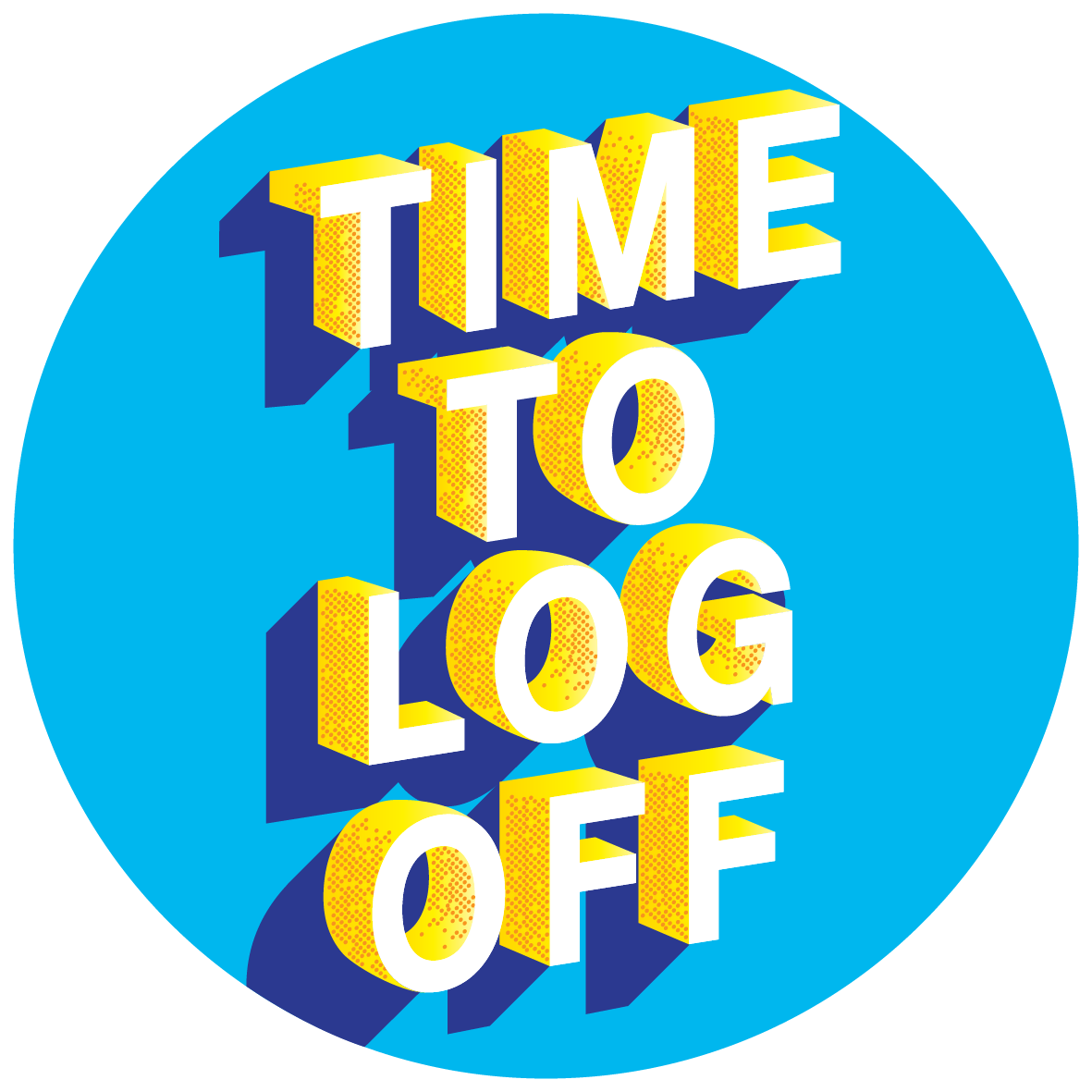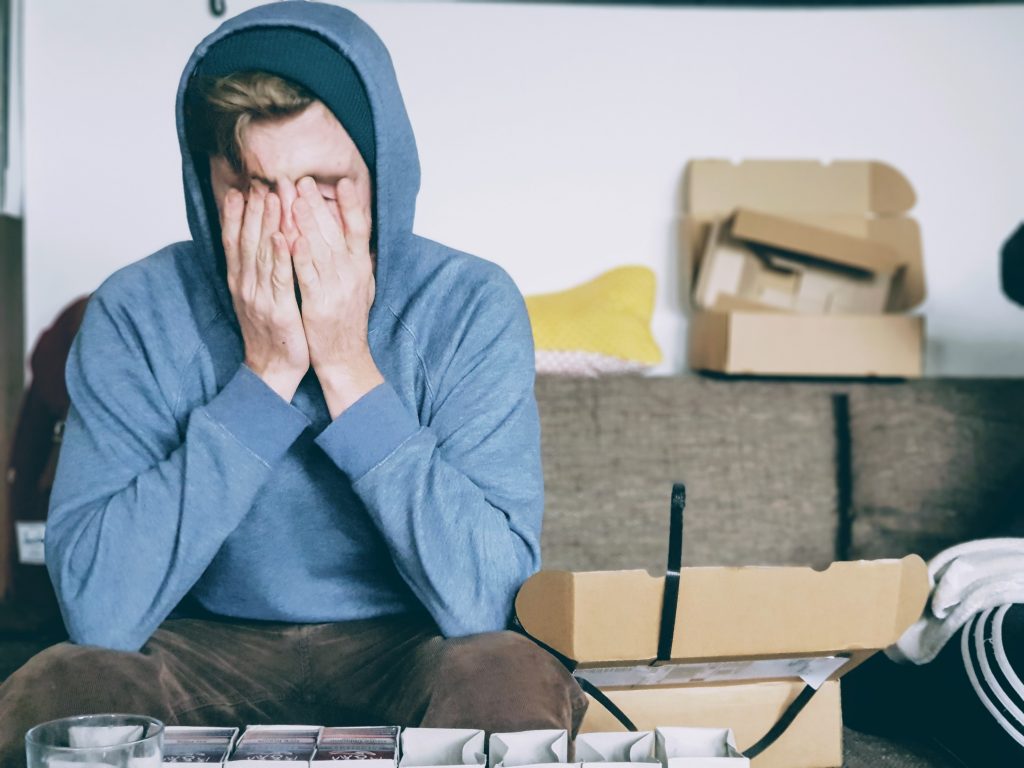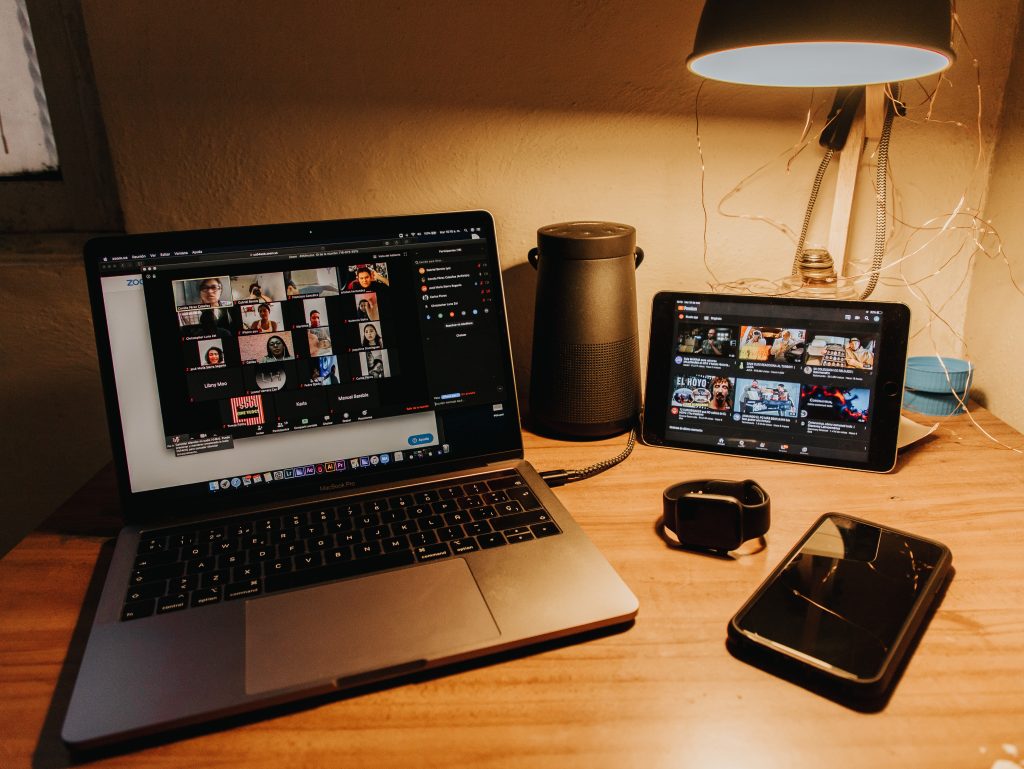
26 Mar The Growing Problem with Digital Burnout
Most of us will know someone who has dealt with burnout (maybe even digital burnout). Perhaps we saw them struggle with the physical and emotional toll of it, or perhaps we have hear about it second hand. Either way many of us will now think we know the signs and how to stay safe from it.
However, since the pandemic more and more of us are working from home, and working online with nearly 50% of us working from home for a significant proportion of the last year and most of those working online. As we have written about before, this is causing numbers of people suffering digital burnout to increase exponentially with 69% of employees experiencing burnout symptoms, up from 20% before the pandemic.
So, what is it?
Well, ‘burnout’ on its own refers to the state of mental, emotional and physical exhaustion caused by chronic and excessive stress. So, digital burnout is a specific type of burnout that is triggered by the prolonged and excessive use of digital devices. This could be excessive use of your phone, laptop, TV or tablet. We all know the feeling when our eyes get sore and we know its time to put down and switch off a device. Digital burnout is that feeling on a larger scale. Unfortunately after this last year I’m sure a lot of you can relate to that feeling.
How has the pandemic impacted it?
As we’ve already shown, working from home is having a massive impact on both our rates of burnout, and digital burnout too. but we are not just increasing our work time on screens. Our time on smartphones has increased 76%, our time watching streaming shows is up 57% whilst our time on social media is up 47% too. The pandemic has increased our time on devices in all areas of our life. It is no wonder we are all struggling.
Zoom fatigue, only confirmed by Stanford in February, is one small example of the wider phenomenon of digital burnout.
Influencer Burnout
It is not just us, those who have been moved to work at home, who have seen an increase in digital burnout. Everyone who works too closely with devices experiences this, and that includes ‘influencers’ or ‘content creators’ on Instagram and YouTube. Working exclusively online and with demanding schedules, as many creators do, is a recipe for digital burnout with many such as Lily Singh (Superwoman) taking time off in order to restore their mental health.
Solutions
This past year we have written a lot about digital burnout, and ways we recommend you tackle it. So, here are some quick tips to get you started in your journey of recovery (or hopefully in staving off) digital burnout:
- Take some time off
- Set some boundaries (around physical space and time)
- Relax with some analogue alternatives
- Get outside
- Find offline alternative ways to connect with family and friends.
Each and every step you take towards reducing your digital excess will help you to reduce burnout symptoms and hopefully get back to normal (and burnout free) life after the pandemic.







Sorry, the comment form is closed at this time.